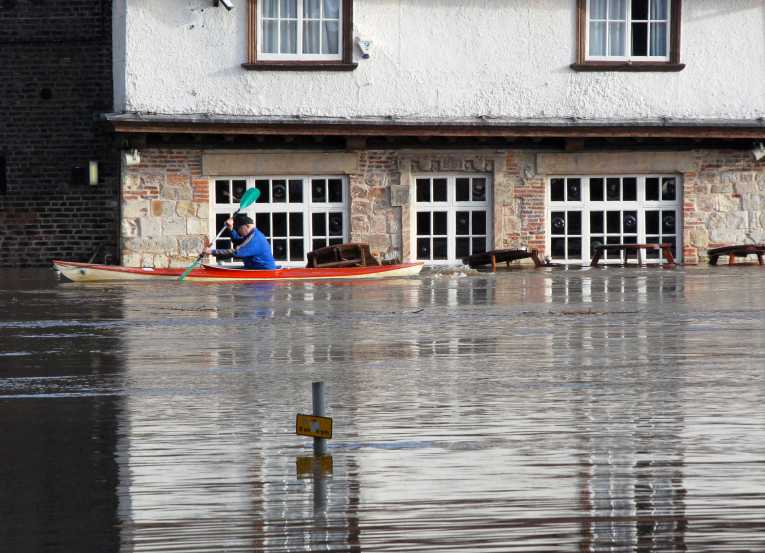Planning for an emergency is never easy, for the simple reason that it is impossible to predict the precise nature of the emergency or when it is likely to occur.
This was admirably illustrated during the Japanese earthquake that is still fresh in all our minds. In Japan technology, building codes, public education and other programmes for earthquake preparation were regarded as exemplary, but no one could predict that this one would be the biggest in the country’s history and that it would be followed by such a devastating tsunami.
The Japanese earthquake and its aftermath make it very clear that in spite of the most comprehensive planning, there is no easy ride in an extreme situation. It is perhaps worth reflecting that Japan’s current position would undoubtedly have been a whole lot worse if these emergency procedures had not been in place.
The Japanese situation is obviously one of extreme emergency, but planners also need to consider other emergencies that while not of this magnitude can also have serious effects on a region or on a country as a whole.
Emergencies of this type would be of the nature of severe weather conditions, major accidents, forest fires and terrorist attacks. Several of Germany’s Fraunhofer institutes have been working on strategies and technologies that would help to predict and improve the response to such crises. Their solution was shown at the recent CeBIT, the world’s largest trade fair showcasing digital IT.
In order to be able to react quickly, citizens, rescue services and the authorities need to receive as much advance warning of an emergency as possible. Project manager Ulrich Meissen of the Fraunhofer Institute in Berlin points out that providing independent warning systems for every possible catastrophe is not financially feasible. It would also create a large collection of parallel items of information that might interfere with each other.
This has led to the KATWARN project, from the original German for Catastrophe Warning for Every Eventuality. KATWARN employs various warning channels to reach people affected by disasters. They use classical warning channels like email, text messages and fax. In addition new technologies for important future warning infrastructures are being tested within the project.
An important gap in the existing early warning system is the problem of warning the population in the event of communication network overload, power failure, or during the night when radios, televisions and mobiles are usually switched off.
New technologies are being tested that are independent from the power supply. These will be able to give warnings by audio, light, speech or text after other systems have failed.
The researchers are also developing a system that helps control and rescue services to make sense of a situation. The PRONTO system collects a large number of pieces of information and evaluates them automatically to produce a clear picture of the emergency situation as it emerges, thus helping control personnel in their decision making and enabling them to initiate targeted measures.
The prototype system is now being tested in a number of field trials.










